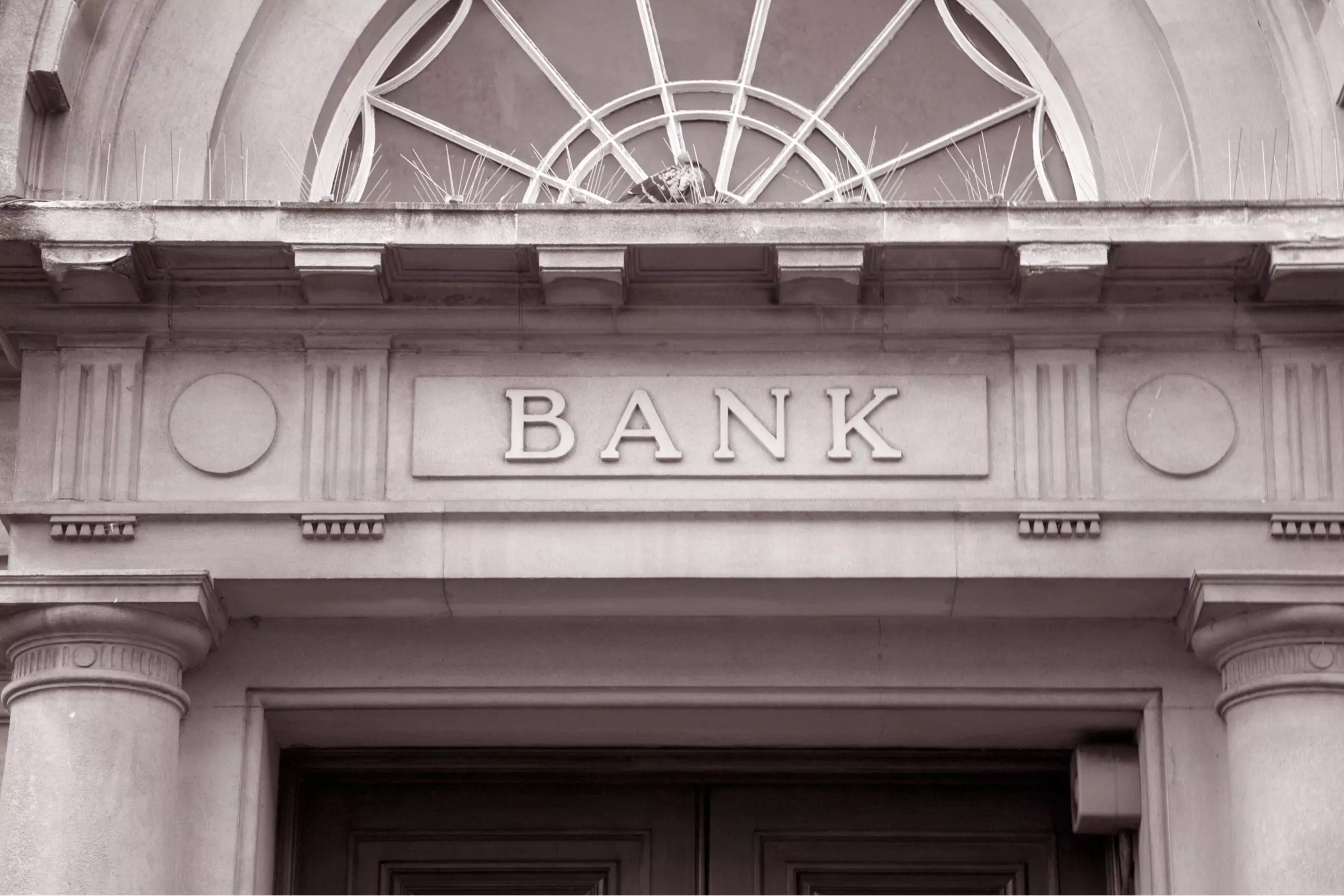BLOG. 5 min read
Why Do Banks Fail and What’s Next? 2023 Lessons and Predictions
August 16, 2023 by Robert Jozkowski
Why Banks Fail
Banks can fail for many reasons, the majority of which fall into one of three broad categories:
- A run on deposits (leaving the bank without the cash to pay customer withdrawals).
- Too many bad loans/assets that fall sharply in value (eroding the bank’s capital reserves).
- A mismatch between what the bank can earn on its assets (primarily loans) and what it has to pay on its liabilities (primarily deposits).
Often bank failure is the result of more than one of these conditions occurring at the same time.
2023 Bank Failures
At Silicon Valley Bank (SVB) for example, its large holdings of government bonds lost value as the Federal Reserve rapidly hiked interest rates. The Fed raised the Effective Federal Funds Rate from 0.09% at the beginning of 2022 to 5.09% by mid-July 2023 and the value of those bonds plummeted. At the same time, as the tech industry slowed and funding for startups became less available, more SVB customers needed to withdraw their money.
The monoline nature of SVB’s business exacerbated the bank’s risk. Its tech-heavy customers were in highly correlated businesses focused on an inherently risky business sector. It is estimated that only about $5 billion of SVB’s $180 billion deposits were fully insured, an unusually low percentage, which revealed its unusually high dependence on corporate rather than retail deposits.
In the weeks before its collapse, SVB took extraordinary steps to shore up its balance sheet by selling its entire bond portfolio at a $1.8 billion loss and simultaneously announcing it would sell $2.25 billion worth of new shares. Anxious depositors took the cue and accelerated their withdrawals. On Thursday, March 9, depositors withdrew $42 billion from SVB. On March 10, SVB’s stock declined 60% and on Monday, March 13, 2023, SVB failed and the FDIC transferred all the deposits of Silicon Valley Bank to Silicon Valley Bridge Bank, N.A., a full-service bridge bank operated by the FDIC.
SVB’s collapse was only a few days after multiple other bank failures: the crypto bank Silvergate, the presaged failure of Signature Bank in New York, and the forced rescue of First Republic Bank on May 1 (in what used to be known as “a Jamie deal” in honor of J.P. Morgan Chase’s chairman and his sweetheart acquisition of Bear Stearns in 2008). Although FDIC insurance has been at $250,000 per depositor since 2020, corporate deposits were well above that, especially at SVB, causing depositors to flee.
Central Banking and the Diamond-Dybvig Model
Although central banking has been around since Sweden’s Riksbank opened in 1609, a thorough understanding of it was lacking until the latter nineteenth century. In 1873, Walter Bagehot, the British polymath, wrote clearly and extensively about the appropriate functions of a central bank, notably as a lender of last resort. His many dictums include “lending freely against good collateral at a very high rate,” maintenance of sufficient liquidity reserves and management that prioritizes a bank’s welfare before its own financial interests. Sound advice. But sound advice for more normal market conditions. The extenuating circumstances in Q1 2023 mentioned earlier prompted the U.S. Government to take drastic action, including President Biden declaring that no depositor will lose money.
More recently, a deep analysis of bank runs and failures was conducted by 2022 Nobel-winning economists, Douglas Diamond, Philip Dybvig and Ben Bernanke who produced extensive research and the now famous Diamond-Dybvig Model (1983). The D-D model dug deeply into the fact that banks have a natural maturity mismatch and therefore liquidity risk. Bank loans tend to have long maturities to match borrowers’ project needs while depositors prefer quick, easy access to their funds. Long-term assets funded by short-term liquid liabilities can result in high liquidity risk!
With adequate cash reserves and careful management, this is a manageable risk. In fact, this intermediation is the essential value service of banks. And this service allows banks to charge higher interest on loans than it pays to depositors. D-D assumes that, in general, savers’ needs for cash are random, but if deposits are diversified, redemptions are usually predictable and therefore manageable unless there is a disturbance in the market. But when there is a market event, the normal “low beta” for deposits (∂deposits/∂interest rates) can disappear quickly as it did at Silvergate, Signature, SVB and First Republic.
Even with granite columns and solid stone floors, banks are especially risky businesses. To illustrate, the debt/equity ratio for the S&P 500 is approximately 1X, whereas banks are closer to 10X. Despite deposit insurance, many depositors, especially corporate depositors, don’t want to be “the last one out the door.” Phrased differently, banks can find themselves in a Nash Equilibrium situation. If depositors do not panic and withdraw funds, the bank has a chance to work out of its liquidity difficulties. But if one depositor defects and withdraws, it is logical for other depositors to head for the exit too. Depositors at these four banks withdrew their funds swiftly, triggering the banks’ demise.
What’s next?
The government’s fast, high-profile, robust rescue of depositors in Q1 2023 was intended to provide confidence to retail depositors. It also gave corporate depositors time to adjust where and how much they deposit. The losers, of course, are the equity holders of the failed banks and the midsized bank sector in general. The KRE (SPDR S&P Regional Banking ETF) dropped by almost 33% in March 2023 and has not recovered. At this price level, the sector seems primed for consolidation, especially with supportive comments from U.S. Treasury Secretary Yellen in this regard. The Senate Banking Committee held a hearing on July 12, 2023, on the issue of bank industry consolidation in light of the four bank failures in the spring. Secretary Yellen has suggested more mergers could strengthen the banking system while Senator Elizabeth Warren, the committee’s Democratic chair, is skeptical of the argument.
CPE Course Library | Are you curious to learn more? Check out the GAMMA Library including over 300 hours of approved industry CPE courses and related timely articles. Click here to explore the full course listing, available CPE credits and registration for the GAMMA Library.
About Us | The SS&C Learning Institute is a division of SS&C dedicated to providing continuing education for today’s professionals. From a library of 250+ online CPE courses to microlearning articles and videos, our offerings are delivered by industry-leading subject matter experts and cover a wide variety of financial markets topics. To learn more about the SS&C Learning Institute, visit ssctech.com/learn.
Monthly Newsletter |Subscribe to news from the SS&C Learning Institute to gain continued access to expert insights on the latest industry topics.
Written by Robert Jozkowski
SS&C Learning Institute, Industry Expert



%20(1).jpg)
%20(1).jpg)

